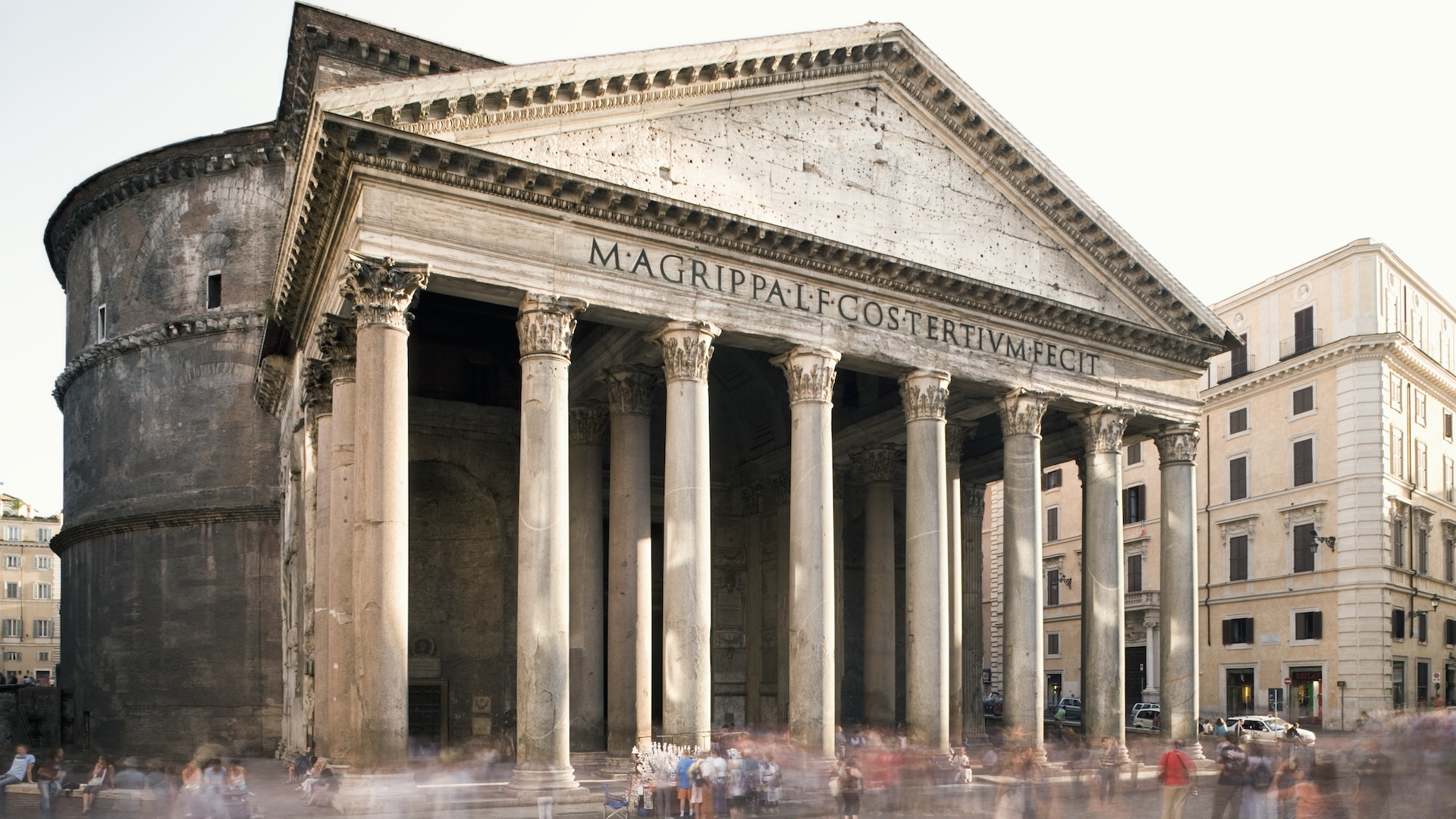When you purchase through liaison on our site , we may clear an affiliate commission . Here ’s how it works .
Archaeologists excavate an ancient necropolis in northeast France have discovered an unlooted , unopened papist - era sarcophagus dating to the second century A.D. The grave likely holds the remains of an elect woman , archaeologists said .
The rough limestone sarcophagus was sealed shut with eight iron clutches , and its contents were hidden beneath a blockheaded stone lid weighing 1,700 pounds ( 770 kilograms ) , allot to a translatedstatementfrom the French National Institute of Preventive Archaeological Research ( INRAP ) . To glimpse what lie inside , archaeologists X - rayed the sarcophagus and then introduce an endoscopic camera , which let out a human skeleton and various grave goods .

Archaeologists discovered an intact Roman sarcophagus in a necropolis in the French city of Reims.
" It ’s quite exceptional , it ’s the first prison term we ’ve found a tomb that is intact and has not been looted , " Agnès Balmelle , assistant scientific and technical film director at INRAP , state the French newspaperLe Parisien .
Related : elect Roman man buried with sword may have been ' restrict ' in death
The woman ’s skeleton was surrounded by ravisher accoutrement — including a small mirror , an gold ring and a comb — think to accompany the body into the hereafter . Such a monolithic tomb suggests the woman , who was around 40 age old when she died , held a " particular position , " Balmelle tell .

Inside the sarcophagus, archaeologists found the skeleton of a 40-year-old woman who lived 1,800 years ago.
" The skeleton occupied the entire space inside the 1.53 - metre [ 5 - foot ] cooler , " Balmelle added , leaving just enough room for the accessories , as well as four oil color lamp and two glass vials that may have hold scented rock oil .
Archaeologists discover the sarcophagus while excavating an ancient necropolis sprawl over 13,000 square feet ( 1,200 square time ) in the northeast French city of Reims . During the second 100 , Reims , then know as Durocortorum , was one of the largest cities in theRoman Empireand the Washington of Belgic Gaul — a province in northeast Roman Gaul that included parts of modern - day France , Belgium , Luxembourg , the Netherlands and Germany .
The newly unearthed necropolis is one of several that extended beyond the city ’s fortifications and along seven main thoroughfares leading to other Roman Gallic metropolises , including Lutetia ( now Paris ) and Lugdunum ( modern - day Lyon ) . Since the first of these cemeteries came to light in the 2d one-half of the nineteenth one C , archaeologists have excavated 5,000 ancient burial in Reims , accord to the statement .

Excavations were carried out by archaeologists with the French National Institute of Preventive Archaeological Research (INRAP).
Most of these burials were plunder over the 100 , however , and the sober goods that survived were mostly put down during World War I , when the museum they were put up in was bomb .
— R.C. - era tomb scattered with magical ' idle nail ' and sealed off to shield the living from the ' ungratified dead '
— ' Completely unequalled ' Roman Catholic mausoleum learn in rubble of London building situation

— ' Liquid gypsum ' burial from Roman Britain scan in 3D , discover 1,700 - year - old secrets
The sealed sarcophagus is the first unlooted tomb of its variety discover in a former Gallo - Roman town , allot to the argument . In the region surrounding it , archaeologists found another 20 inter and cremated human remains laid to rest over several centuries .
These remains will be added to a growing money box of sample salve from Reims ' burial site . Scientists hope that by comparing DNA from the skeletal system in the sarcophagus to some of these sample , they may be able-bodied to learn whether the woman belonged to a local or foreign elite .
















